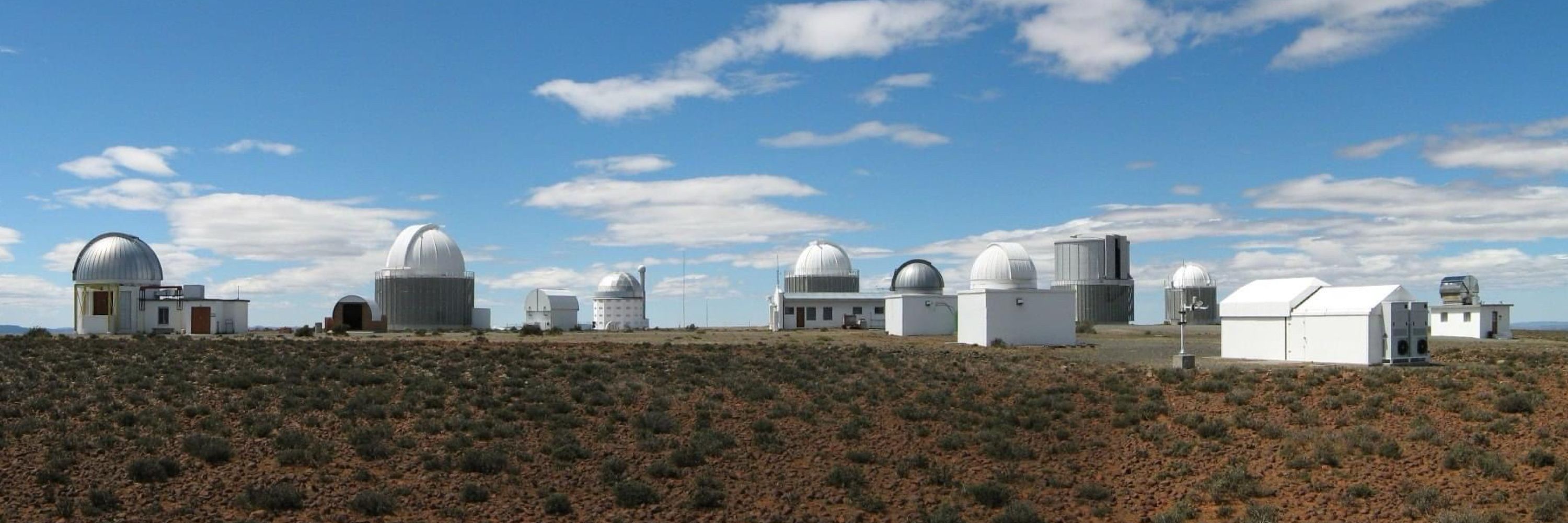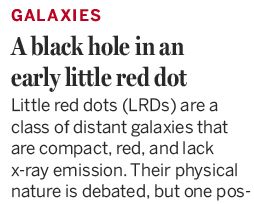

This conference, LPSC, is a big deal. It's been running since 1970 and is one of the biggest planetary science conferences out there. 🧪🔭

This conference, LPSC, is a big deal. It's been running since 1970 and is one of the biggest planetary science conferences out there. 🧪🔭
www.science.org/doi/10.1126/...

www.science.org/doi/10.1126/...

www.science.org/content/arti...

www.science.org/content/arti...


news.sky.com/story/the-x-...

news.sky.com/story/the-x-...
www.science.org/doi/10.1126/...

www.science.org/doi/10.1126/...
Still from time-lapse video of comet C/2025 A6 (Lemmon) by Michael Jäger and Gerald Rhemann.
Video at spaceweathergallery2.com/indiv_upload...
Cleaned up images at skyweek.wordpress.com/2025/10/
#Astronomy #Comet

Still from time-lapse video of comet C/2025 A6 (Lemmon) by Michael Jäger and Gerald Rhemann.
Video at spaceweathergallery2.com/indiv_upload...
Cleaned up images at skyweek.wordpress.com/2025/10/
#Astronomy #Comet
www.science.org/doi/10.1126/...
Image of NGC 5335 from esahubble.org/images/heic2...

www.science.org/doi/10.1126/...
Image of NGC 5335 from esahubble.org/images/heic2...
The facility is caught up in Argentine president Javier Milei's attempt to secure an economic aid package from the US, which objects to China's involvement. 🔭
www.science.org/content/arti...

The facility is caught up in Argentine president Javier Milei's attempt to secure an economic aid package from the US, which objects to China's involvement. 🔭
www.science.org/content/arti...
The @royalastrosoc.bsky.social is seeking to appoint a new Editor-in-Chief of Monthly Notices of the Royal Astronomical Society to provide outstanding leadership to the Journal and its Editorial Board. 🔭🪐
Want to find out more or apply?👇
ras.ac.uk/mnras-eic

The @royalastrosoc.bsky.social is seeking to appoint a new Editor-in-Chief of Monthly Notices of the Royal Astronomical Society to provide outstanding leadership to the Journal and its Editorial Board. 🔭🪐
Want to find out more or apply?👇
ras.ac.uk/mnras-eic

Spoiler: it’s not aliens.
☄️ #planetsci
www.science.org/doi/10.1126/...

Spoiler: it’s not aliens.
☄️ #planetsci
www.science.org/doi/10.1126/...
🔭⚛️🧪
🔭⚛️🧪
Learn more in #ScienceAdvances: https://scim.ag/48ux7Gc

🧪 @mjibrown.bsky.social

🧪 @mjibrown.bsky.social
www.science.org/doi/10.1126/...

www.science.org/doi/10.1126/...

www.science.org/doi/10.1126/...

www.science.org/doi/10.1126/...
You might think you're just having a laugh, but you're making the encyclopaedia worse for everyone else, and wasting the time of other users who have to tidy up after you.
You might think you're just having a laugh, but you're making the encyclopaedia worse for everyone else, and wasting the time of other users who have to tidy up after you.

